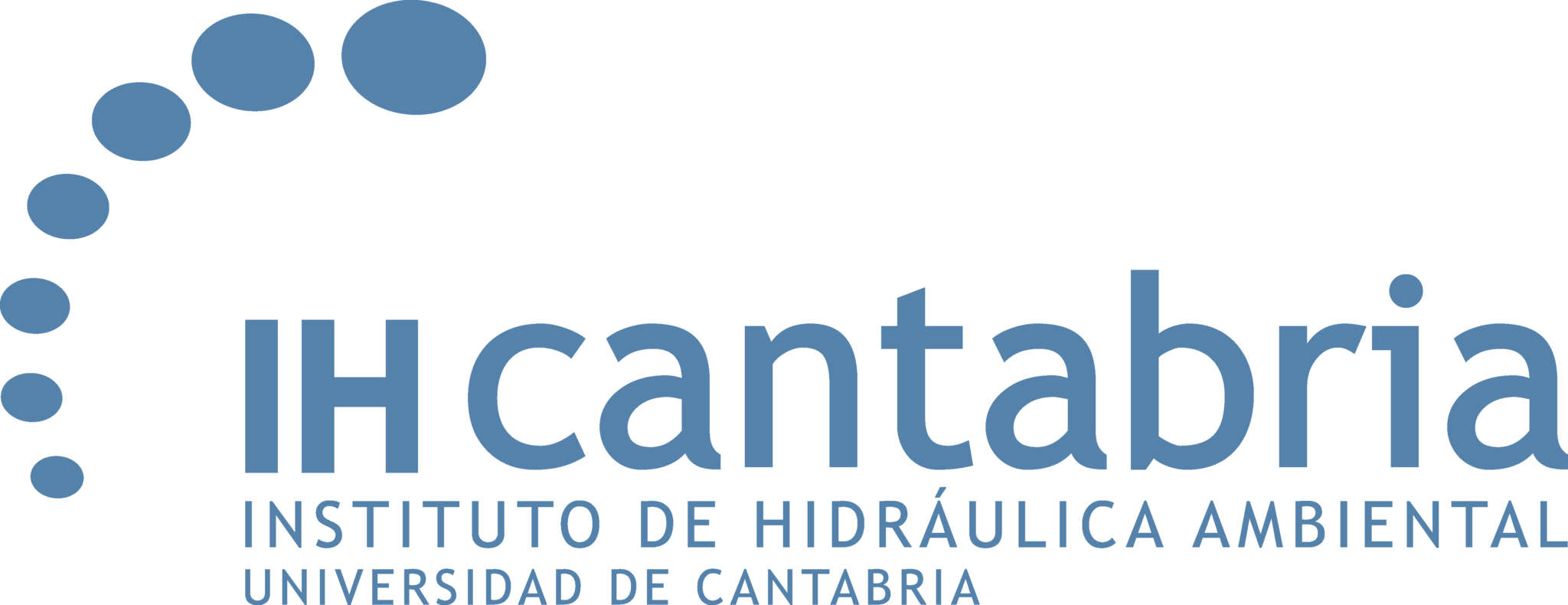NEWS
IHCantabria develops a project that will contribute to the construction of a digital twin to improve decision making on risk and adaptation to climate change.
(Subtitles available by clicking on cc)
With the implementation of the project GDICOAST is expected to obtain information on climatic variables of great relevance for the study of coastal risks, in addition to the development of new methodologies and tools that will improve the way of analyzing coastal flooding and erosion, incorporating the assimilation of observations.
With the aim of developing the scientific-technical foundations necessary for the construction of a digital twin to improve decision-making in relation to risk and adaptation to climate change in coastal areas, the research staff from the Environmental Hydraulics Institute of the Universidad de Cantabria (IHCantabria) is developing the GDICOAST project, within the framework of the Marine Science Program (PCM).
GDICOAST stands for the project entitled “Scientific and technical basis of a digital twin for coastal climate change risk analysis and adaptation”, which is scheduled to run from October 2023 to March 2025.
This project considers the combined risk of flooding and erosion on coastal systems, integrating observations and the effect of anthropogenic actions and coastal ecosystems. In addition, the project includes a specific module on how to deal with the uncertainty associated with climate change and how to incorporate it into adaptation decision making. This is explained by Alexandra Toimil Silva, a Ramón y Cajal researcher and one of the principal investigators of the GDICOAST project, together with Íñigo Losada, Professor of Hydraulic Engineering at the University of Cantabria (UC) and Director of Research of IHCantabria.
Among the developments carried out to date, within the framework of this project, the advances in the joint modeling of flooding and erosion at different scales stand out. A coupled modeling system has been developed to resolve the temporal evolution of the waterfront in unique environments, e.g., with structures and ecosystems. This model has been applied in El Sardinero, as a pilot case.
Another advance in the execution of the GDICOAST project has been the implementation of different techniques for the assimilation of observations in the modeling of shoreline evolution. These techniques, based on sequential and variational methods, have been applied on the beaches of Tairua (New Zealand) and Narrabeen (Australia).
In addition, also within the framework of this project, a methodology has been developed to calculate the benefits of beaches in reducing the risk of flooding, due to the joint action of the rise in mean sea level and storms. The demonstration of this method has been carried out at Narrabeen beach, which is located in Australia.
The progress of the GDICOAST project was presented by IHCantabria research staff at the CLIVAR (held in Madrid, January 2023) and EGU (held in Vienna, April 2023) congresses. These advances have been reported in several scientific articles; one of them was published in the journal Nature Communications one has been accepted in the journal Environmental Modelling and Software, and two others are in preparation.
This project is expected to obtain relevant information on climatic boundary conditions – to feed impact and risk studies – as well as the development of new methodologies and tools that will be useful to improve flood and erosion studies, incorporating the effect of adaptation.





